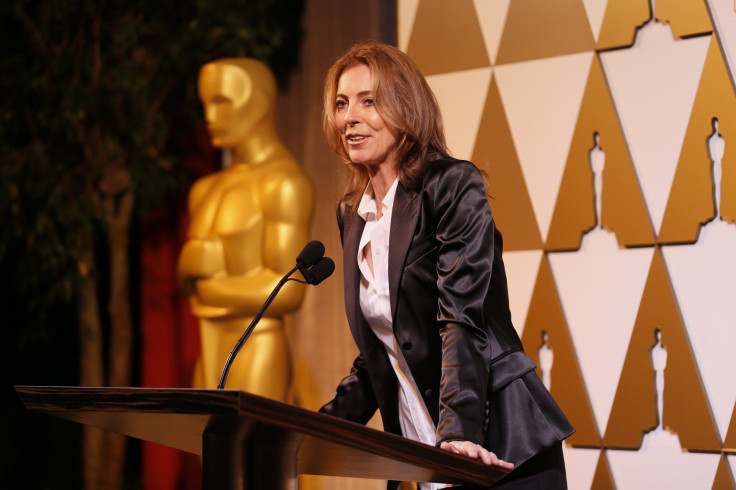Women’s History Month March 2015: Facts And Figures About US Women In The 21st Century

Nancy Pelosi, Michelle Obama and Katheryn Bigelow: these are just a handful of women who have made history in the 21st century. Women have made great strides in the U.S., in the more than 40 years since the beginning of the American feminist movement. However, women have yet to enjoy true parity with their male counterparts in careers, in pay and in government representation. The idea for a national Women’s History Month was born this month more than 158 years ago and became federally recognized in 1987. Here are several important facts about modern U.S. women:
Women outnumber men in the U.S. There were 161 million females in the U.S. as of December 2013, compared to 156.1 males, according to the latest U.S. Census Bureau data. Women outnumbered men 2 to 1 at age 85 and older.
Women in the U.S. earned 78 cents for every dollar than men earned in 2013. The median annual earnings of women 15 or older working fulltime was $39,157, according to the U.S. Census Bureau. The median annual earnings for men was $50,033.
Women held a record number of chief executive positions in the fourth quarter of 2014. In September, 25 of the “Fortune 500” company CEOs were female, the highest level ever reached, according to the research organization Catalyst. At 5 percent of all chief executives, that achievement was small compared to women’s 47 percent share of the overall workforce, based on data from the last full U.S. Census count.
Women hold more positions of elected office in the federal government than ever before. Women currently hold 104 of the 535 seats in the 114th Congress, according to the Center for American Women and Politics at Rutgers University in New Jersey. That breaks down to 20 of 100 seats in the Senate and 84 of 435 seats in the House of Representatives.
Women were less than a third of workers creating the programming for broadcast TV networks. Over the last two years, women made up 27 percent of all show creators, directors, writers, producers, executive producers, editors and directors of photography, according to a 2013-2014 study by the Center for the Study of Women in Television & Film at San Diego State University in California. That represented a 1 percent drop from the previous study, but a 6 percent increase since 1998.
© Copyright IBTimes 2024. All rights reserved.












